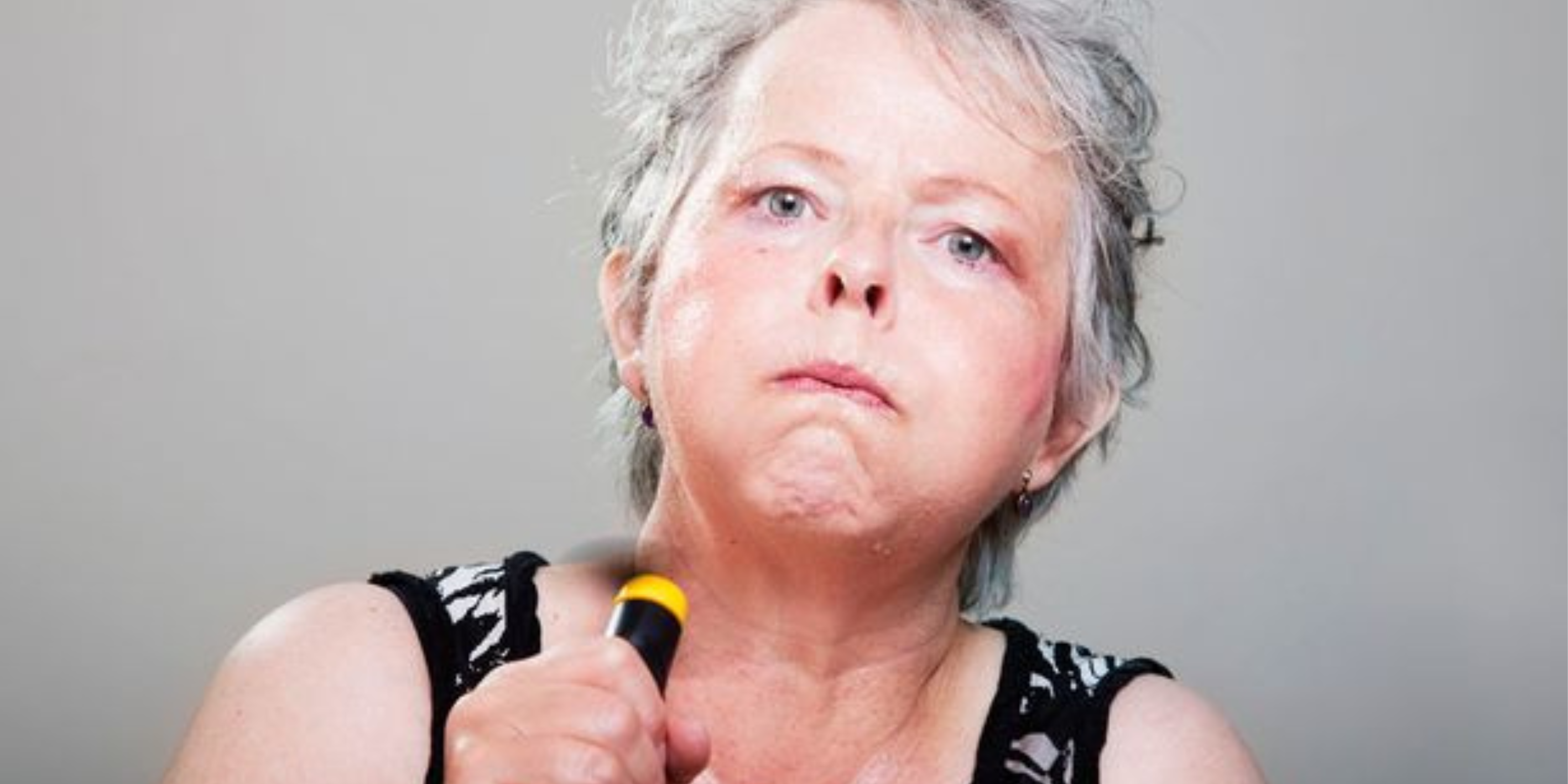How To Reduce Menopausal Symptoms With Food

What is menopause?
Menopause is a woman’s final menstrual period. This is caused by a shift in sex hormones preventing the ovaries from releasing anymore eggs, ultimately leading to the drop in hormones (oestrogen and progesterone). On average, women reach menopause naturally around 45-55 years old. Perimenopause is the period before you reach natural menopause
where your ovaries start to run out of eggs, and symptoms are likely to begin.
Symptoms of menopause:
Symptoms are unique for everyone, however here at the common symptoms:
- Hot flushes – experienced by 80% of women.
- Memory changes – experienced by 62% of women. This could be not remembering names or where you put things.
- Mood changes – mood swings, feeling tearful, anxious or lacking energy.
- Vaginal changes.
How can nutrition help?
Weight gain
Weight gain associated with menopause can be due to a number of factors, and differs between women. It could be due to a loss of muscle mass (reducing your bodies ability to use energy/”burn calories” at rest), lifestyle changes such as leaving full-time work therefore impact exercise routines and meal preparation, changes in the type of physical
activity towards gentle exercise.
Eating nutritious foods you enjoy and participating in exercise you enjoy can help manage weight gain. Avoid restrictive diets like juice cleanses or cutting out food groups as this will impact your metabolism.
Bone health
Bones are the basic structure for our muscles, organs and all other parts of our body to protect. Bones are the main storage of calcium, and it’s your body’s priority to keep your dietary calcium levels up otherwise your bones will release the calcium for your blood to use. This causes bones to soften, increasing your risk of fractures and falls.
The hormone oestrogen protects our bones, so when it decreases due to menopause, it puts you at greater risk of bone loss, therefore increasing your risk of fractures. The nutrients required to maintain healthy bones:
- Calcium: found in dairy foods or calcium-fortified dairy alternatives (e.g. soy milk).
Aim for 4 serves of dairy/day (1 serve = 250mL calcium-rich milk OR ¾ cup of yoghurt
OR 40g cheese). - Vitamin D: through direct sun exposure for small periods of time.
- Magnesium: found in wholegrains (oats, brown rice, barley), leafy greens, some fruits and nuts, and seeds.
- Vitamin K: found in dark leafy vegetables (spinach, kale, collard greens).
Note – sodium/salt should be LIMITED as it decreases your ability to absorb calcium. Try reduce cooking or table salt and ultra-processed foods (sauces, gravy, crackers).
As you can see, there is a much bigger focus on dairy foods to protect your bones after menopause, increasing from 2.5 serves to 4 serves per day. However, there is a decrease in
grain intake from 6 serves (equivalent to 6 slices of bread) to 4 serves per day, helping to keep your energy balance of the diet in check.
Also ensure you’re getting good quality protein sources from meat, legumes, eggs, fish and poultry to maintain and develop lean muscle mass.
To to help manage hot flushes, reduce:
- Caffeine: as your heartbeats faster with caffeine, it may increase chances of a hot flush. Caffeine also increases the body’s calcium losses. Limit to 2-3 cups of tea or coffee per day.
- Alcohol: can increase frequency of hot flushes.
- Spicy foods: because they make you hot!
What about soy?
Soy foods have been shown they may be helpful during menopause, as they act as a plant version of the hormone oestrogen, that decreases during menopause. Therefore, soy may reduce the symptoms associated with low oestrogen. The is little harm eating foods containing soy, as once believed. To reduce symptoms caused by low oestrogen, include these foods:
- Soy foods: soy milk, tofu, tempeh
- Wholegrains: oats, brown rice, barley
- Legumes and beans: lentils, chickpeas, kidney beans. See how we used chickpeas
and lentils in this dahl recipe.
See how you can use tofu in our recipe for Red Curry and Noodles.
If you have any questions about menopause, talk to your GP.
References:
- Menopause (2022) Jean Hailes. Available at: https://www.jeanhailes.org.au/health-
a-z/menopause (Accessed: October 19, 2022). - The Royal Women's Hospital (2022) Menopause symptoms, The Royal Women’s
Hospital. Available at: https://www.thewomens.org.au/health-
information/menopause-information/menopause-symptoms (Accessed: October 19,
2022). - Valakas, S. (2020) Eating for Menopause, The Dietologist. Available at:
https://thedietologist.com.au/eating-for-menopause/ (Accessed: October 19, 2022).








